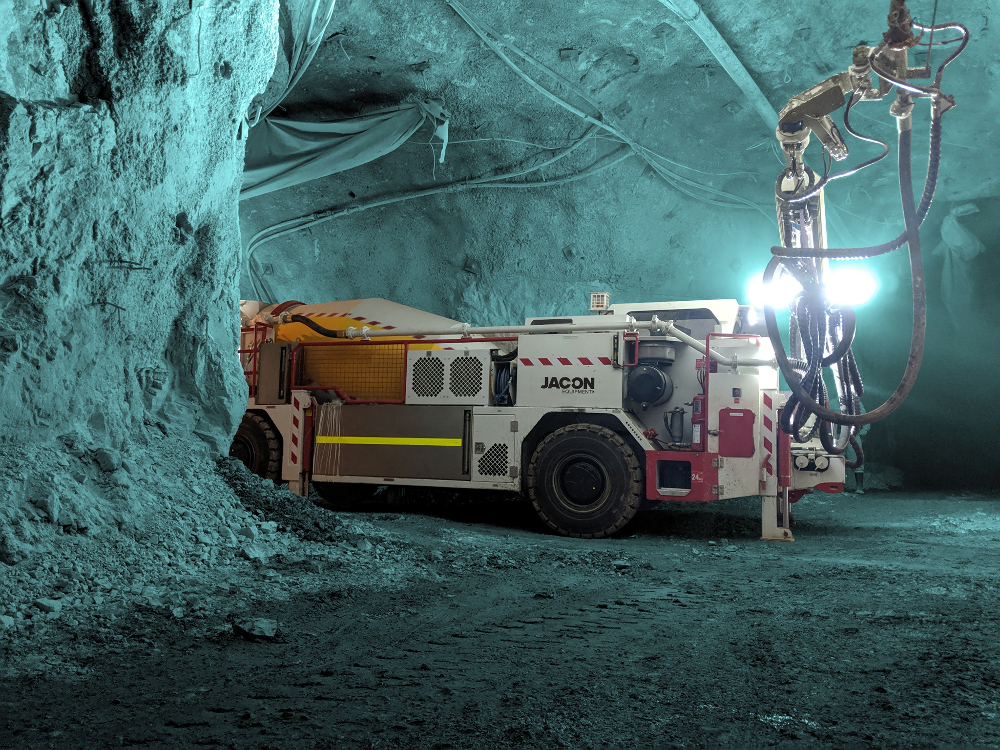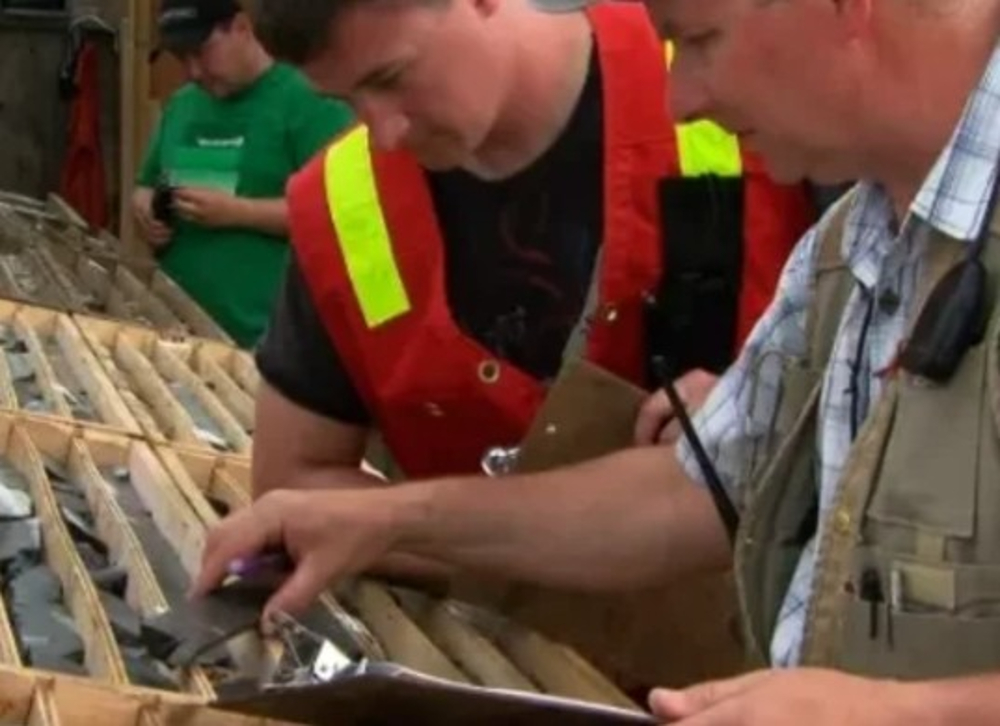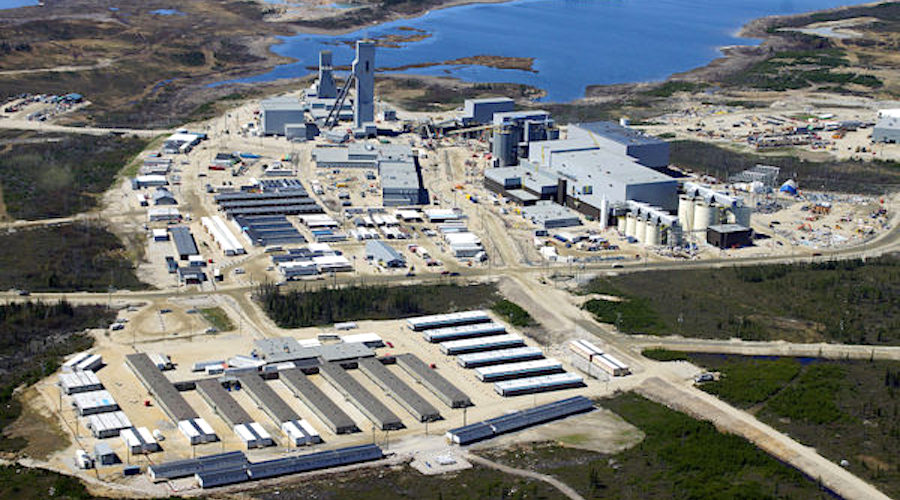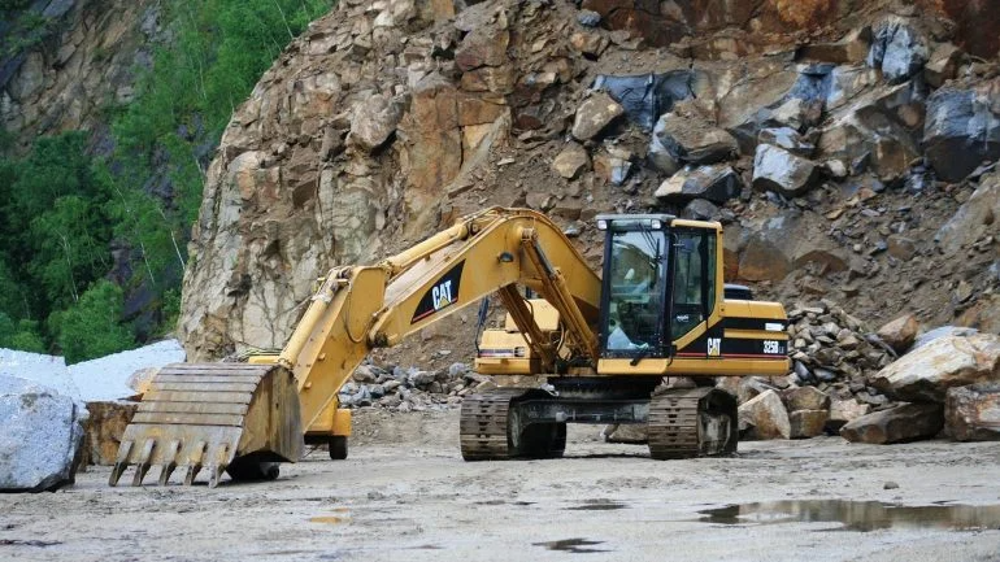New Money Gives Mine Fresh Start
Chinese Owners Make Things Happen
No two words are more synonymous with “forward thinking” than the name Yukon Zinc.
For more than a dozen years now, the company (formerly known as Expatriate Resources) has been working with dogged determination to make its Wolverine project, a high grade silver-rich zinc deposit in the heart of the Yukon’s Finlayson District, an operating mine.
In fact, the Wolverine project, 590 km north east of Whitehorse, and the surrounding area with the potential for further discovery of zinc-copper-lead-silver-gold deposits, has already made headlines around the world and more importantly, it has also attracted international investors.
Two of the China-based investors are, mining giant Jinduicheng Molybdenum Group Co., Ltd. (JDC Group) and Mining and Geological Exploration Bureau Northwest Non Ferrous International Investment Company Ltd. (NWII). These two showed so much interest that they bought 100% of Yukon Zinc in 2008. The JDC Group (95% owner) is the largest Chinese molybdenum company and third in the world, and NWII (5% owner) is one of the top five Provincial Bureau’s in China. With its support from the new ownership group, Wolverine is now a truly viable mining project.
“The acquisition of Yukon Zinc is the first mine JDC Group has acquired outside of China and the Wolverine mine through Yukon Zinc is the first step for us to expand and grow internationally. Canada is our first choice to look at international mining projects and many people and companies in China are watching how we can work with the North American business model,” said Jing You Lu, Yukon Zinc’s CEO and Chairman and a Senior VP of JDC. “We are very happy to be in Canada and the few of us that are working here have integrated quite well with our local staff.”
One of the first signs of the JDC Group’s real interest in the project, aside from buying it, was a $145-million investment last year on development and a further $5 million for continuing exploration. Prior to that, the mine’s infrastructure included a 26-km access road connecting with the Territory’s Robert Campbell Highway as well as a 1000-m-long all-season gravel airstrip.
As can be seen by the adjacent photos, a great deal of recent work is clearly visible at the mine as steel framing and cladding for the mill buildings was completed this past summer, as well as inside work involving electrical, piping and the installation of mill equipment is being completed over the winter.
Total underground development as of December 2009 reached 821 m, including over 585 m of ramp development, which provides access to one stope and six stope access ramps for development. Mine ventilation raise development (225 m) with secondary egress has also been completed to allow for the supply of 274,000 cfm of forced-air for 11 work places; each ore zone has a separate fresh air system.
Drillers have also been kept busy underground with the completion of 18 holes (730 m) for geotechnical purposes and with 30 definition holes for a total of 4720 m.
Based on the 2007 Optimized Feasibility Study, the average annual production (for the first three years) of contained metals in concentrates is estimated to be 117.8M lbs of zinc, 12.9M lbs of lead, 10.3M lbs of copper, and 4,933,000 oz of silver and 20,200 oz of gold (within concentrates).
The Wolverine mine will have a nine-year mine life (with several more years anticipated based on Inferred drilling) at a planned throughput of 1700 tonnes per day. Yukon Zinc is in the process of updating the reserves and resources for Wolverine, which will be completed early this year.
Other significant components in place for commissioning the mine include a 92,000sq mtailingspond, a450,000L fuel farm and seven double-walled tanks to give the mine a nine-day capacity, gensets and a water source for mill processing. A water treatment plant for selenium and metal removal will be pilot tested in 2010 and operational by 2012. Rounding out the mine’s features is a 240-person camp with a surge capacity of more than 310 thanks to a 70-person overflow camp. The camp(s) are well equipped with a membrane bioreactor sewage treatment plant to handle camp discharge, a nine-filter (<1 micron) water filtration system and perhaps most important of all, full kitchen and recreation facilities.
More than 200 people are expected work full time at the Wolverine site when Yukon Zinc’s mine goes into production.
Raymond Mah, COO of Yukon Zinc said, “we have been able to assemble a very impressive group of dedicated and experienced people that have the background and capability to take a challenging greenfield mining project like Wolverine, take it through development and into an operating mine. The team is really proud to be part of a growing Canadian mining company and through this group’s commitment and efforts, it has made considerable progress in a relatively short time to be producing by mid 2010.”





Comments